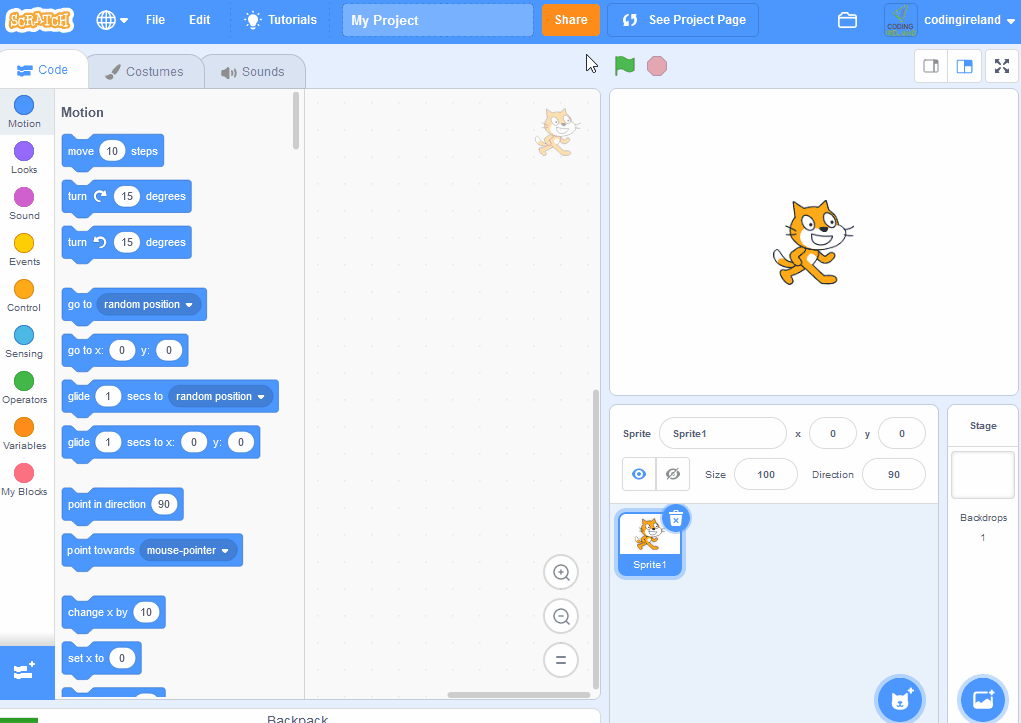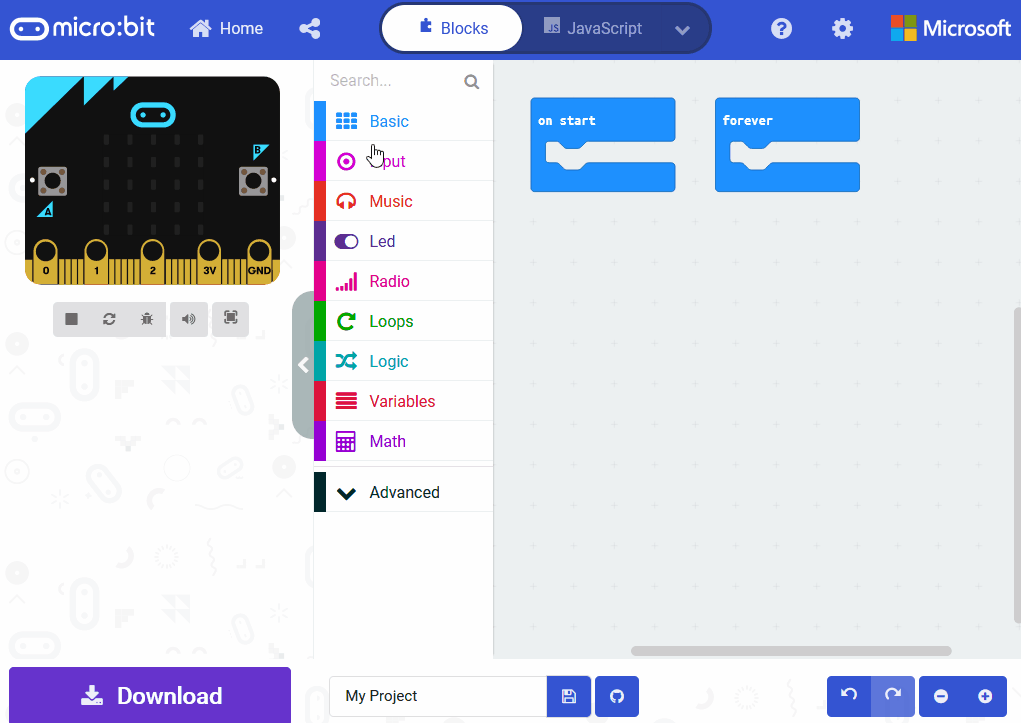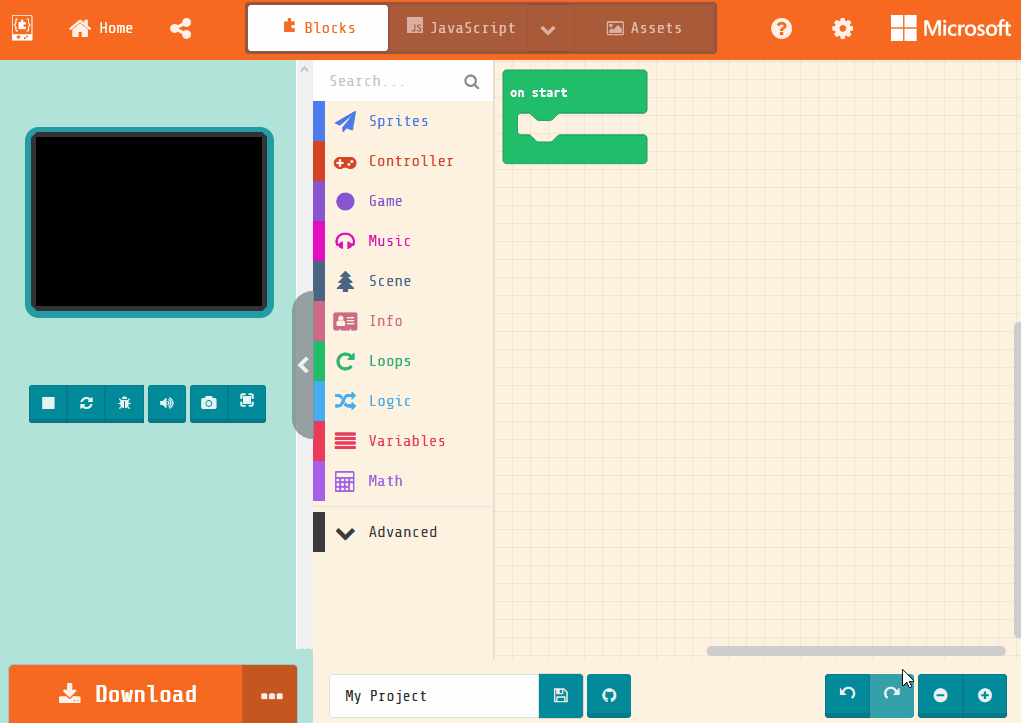What is a Robot?
In this lesson, we will learn about robots - what they are, what they look like, what they can do, and how they work. We'll explore different ways robots are used in different industries and environments. By the end of the lesson, we'll have a better understanding of what robotics is and how robots are changing the world around us.
 Chromebooks, laptops, and PCs are crucial tools for coding and digital skills education. Chromebooks are ideal for web-based applications and collaborative projects, while laptops and PCs support a wider range of programming environments and software for more intensive tasks like software development and data analysis.
Chromebooks, laptops, and PCs are crucial tools for coding and digital skills education. Chromebooks are ideal for web-based applications and collaborative projects, while laptops and PCs support a wider range of programming environments and software for more intensive tasks like software development and data analysis..jpg)










